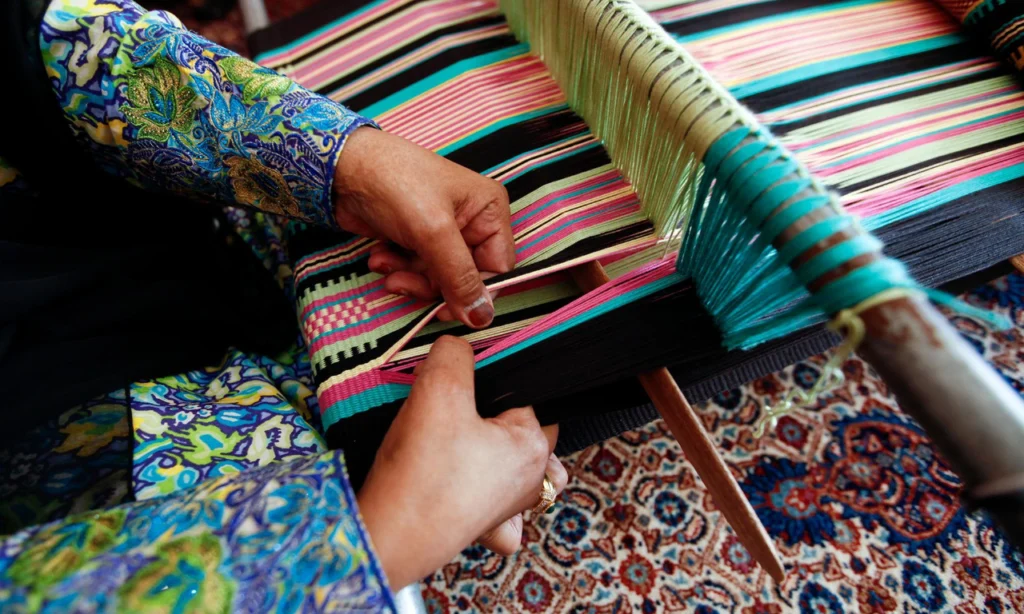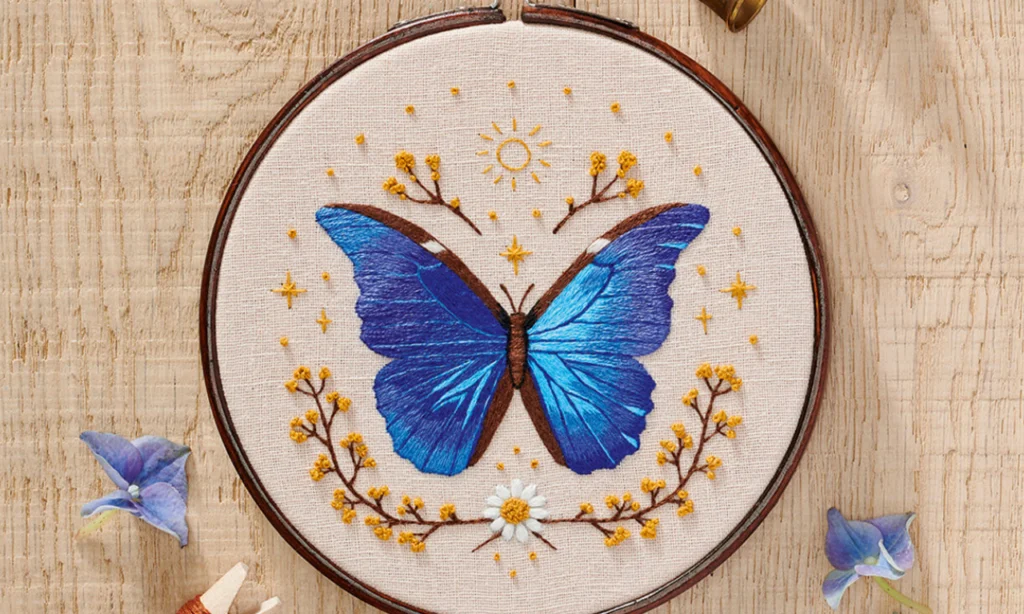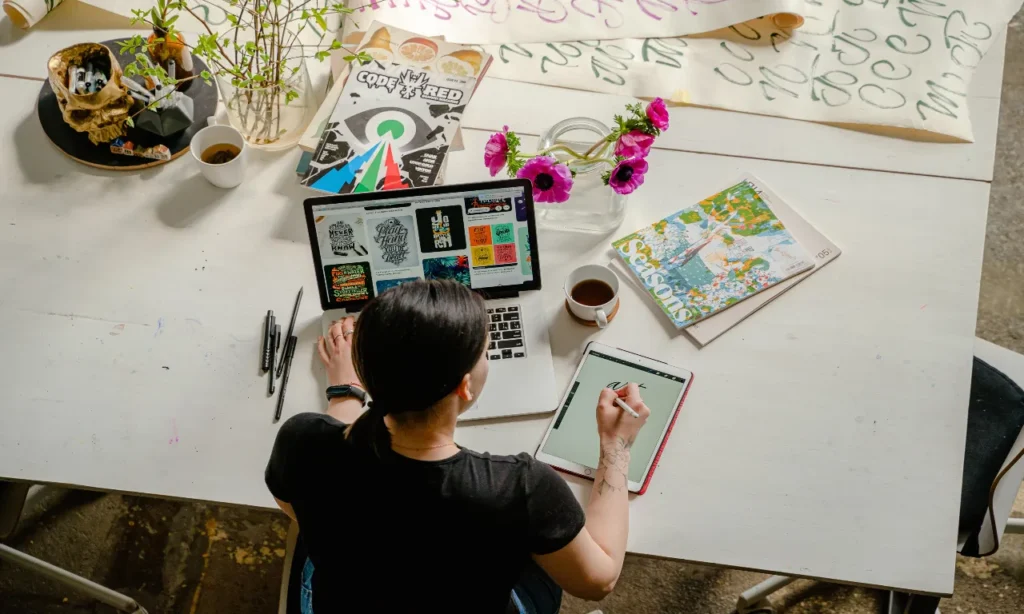Handcrafted Textiles Weaving Stories of art that display dexterous needlework, weaving, and dying techniques from craftspeople all over the world. Each piece tells a distinct tale. These methods have been handed down through the ages, protecting a wealth of craftsmanship and cultural legacy. Handcrafted textiles, which range from colorful tapestries to delicate lace, are evidence of the talent and imagination of artists.
The Art of Handcrafting Textiles

Weaving is a traditional craft where artisans intertwine threads to create beautiful fabrics, reflecting cultural stories and histories. The rhythm of the loom’s shuttle echoes the timeless tradition as artisans weave narratives into each piece: 5 MinutesCrafts
Cultural Significance

Deep cultural meanings are often carried by handcrafted textiles. Patterns, colors, and motifs are used to represent religious beliefs, social status, local myths, and historical events. For instance, geometric patterns are employed in Native American textiles to convey spiritual beliefs, while seasonal and symbolic designs are adorned on Japanese kimonos to reflect the wearer’s identity and occasion.
Conclusion
Handcrafted textiles are regarded as more than just fabric—they are seen as woven stories, cultural expressions, and symbols of human creativity. The preservation of a rich heritage and the promotion of sustainable, ethical practices are aided by embracing these artisanal traditions.




